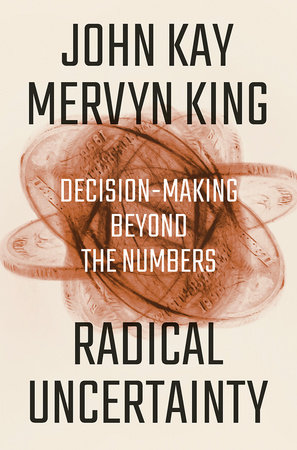Martin Wolf said that this book was one of his main references. And I agree, it contains many well structured messages. Specially, it links economics with politics, quite a difficult issue:
Our political systems are democratic, but the details of their architecture have increasingly inclined them to polarization. Most of our voting systems favour the two largest parties. So, the menu of choice facing voters depends upon what these two parties offer. The key dangerous step has been that, in the name of greater democracy, in many countries the major political parties have empowered their members to elect their leaders. This has replaced a system in which the leader of a party was drawn from among its most experienced people, and often chosen by its elected representatives.
Leaders can promote new narratives, but the decline of trust in political leaders has inverted authority; people pay more attention to those at the hub of their social networks than to the talking heads on the television. The networks, however, have become self-contained echo-chambers and so we even lack the common space in which to communicate. This is enormously damaging because participation in a common network constitutes the common knowledge that we all hear the same narratives.
Reduced to a sentence, shared identity becomes the foundation for far-sighted reciprocity. Societies that succeed in building such belief systems work better than those based on either individualism or any of the revivalist ideologies. Individualist societies forfeit the vast potential of public goods. The revivalist ideologies are each based on hatred of some other part of society and are culs-de-sac to conflict. In a healthy society, those who become successful have been reared into acceptance of that web of reciprocal obligations.
In contrast to the Utilitarian vision of autonomous individuals, each generating utility from their own consumption, and counting equally in the great moral arithmetic of total utility, the atoms of a real society are relationships. In contrast to the psychopathic selfishness of economic man restrained by the Platonic guardians of social paternalism, normal people recognize that relationships bring obligations, and that meeting them is central to our sense of purpose in life. The toxic combination of Platonic Guardians and economic man that has dominated public policy has inexorably stripped people of moral responsibility, shifting obligations to the paternalist state. In a bizarre parody of medieval religion, ordinary people are cast as sinners who need to be ruled by exceptional people – the moral meritocracy.He is in favour of inclusive politics. Me too. Definitely, capitalism can be reimagined.













